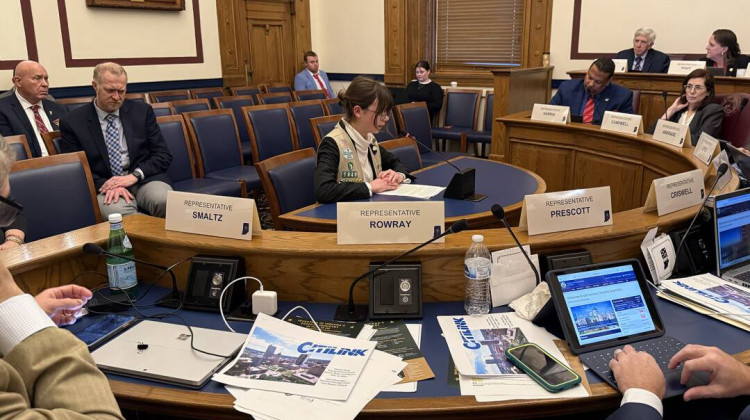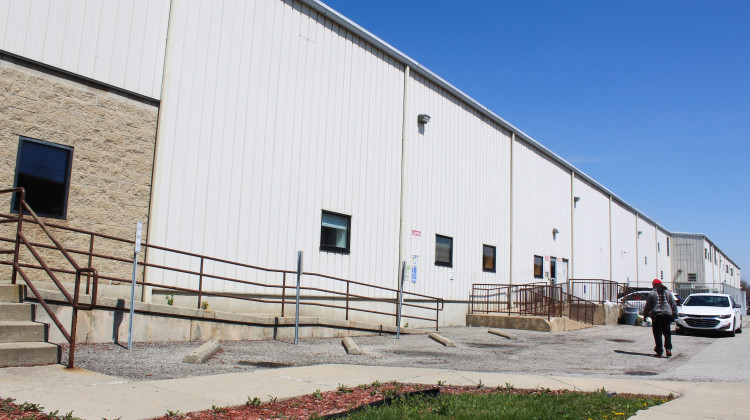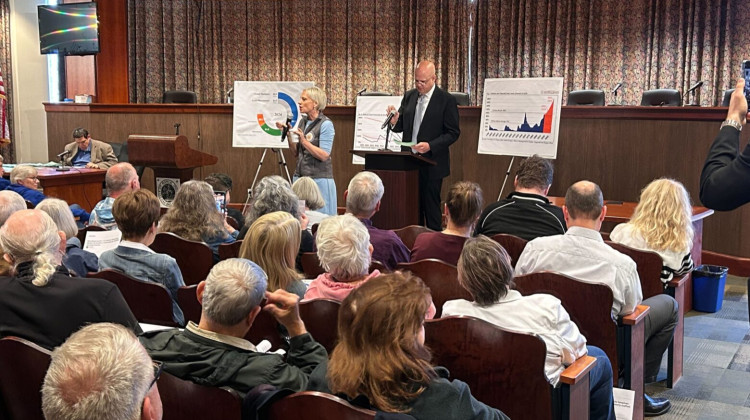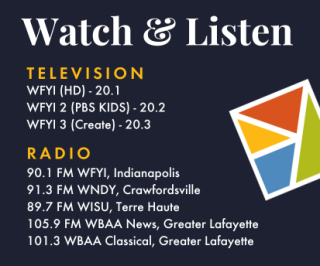And, no, we’re not talking about Sonic the Hedgehog.
An exhibit at the Indiana State Fair allows visitors to hear how the Hoosier State has changed over the last two centuries, thanks, in part, to a new branch of science — soundscape ecology.
“We use sounds to tell us about landscapes and the animals that reside there and how places change over time,” says Ben Gottesman, an ecologist at Purdue University.
Sounds can teach scientists new things about old places, like where species migrate in response to climate change or if habitat restoration projects successfully provide a new home for animals.
People might be surprised by how rich Indiana’s soundscape was before settlement, Gottesman says as we walk into the exhibit’s sound booth at the state fair. It’s the size of a large photo with a large TV screen mounted on one side. When we’re seated, a video starts to play.
“[We’re] just listening to some scarlet tanagers and other sound birds,” Gottesman narrates. “Now, the great tree frogs and spring peepers are emerging as it turns to night … a great horned owl … BAM, a mountain lion.”
Today, says Gottesman, those sounds have largely been replaced by farm animals, wind and insects, along with planes, trains and automobiles.
Visitors can check out the Purdue soundscapes exhibit any time during the State Fair.
 DONATE
DONATE








 Support WFYI. We can't do it without you.
Support WFYI. We can't do it without you.